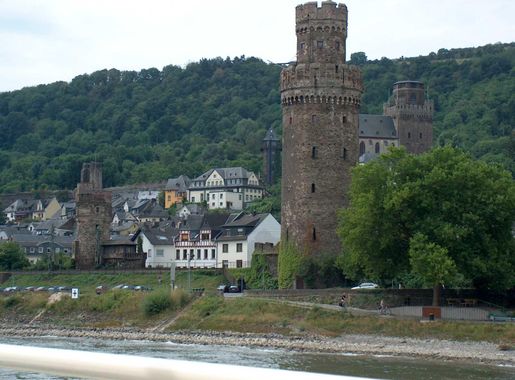
George Hill: The Scenic Heart of Anguilla
Discover the serene beauty and vibrant culture of George Hill, Anguilla's hidden gem, where lush landscapes and stunning beaches await.
Nestled in the center of Anguilla, George Hill offers a unique blend of natural beauty and cultural heritage. This charming town is the perfect destination for those looking to experience the tranquility and laid-back lifestyle of the Caribbean. With its lush landscapes and panoramic views, George Hill is a hidden gem waiting to be explored. The town is known for its friendly locals and vibrant community spirit. Visitors can enjoy a leisurely stroll through the streets, where they will encounter colorful houses and picturesque gardens. The local markets are brimming with fresh produce and handmade crafts, providing a glimpse into the daily life of Anguillians. George Hill is also a gateway to some of the island's most stunning beaches. Just a short drive away, you will find pristine white sands and crystal-clear waters, perfect for swimming, snorkeling, and sunbathing. Whether you are an adventure seeker or simply looking to relax, George Hill has something to offer everyone.
Local tips in George Hill
- Visit the local markets early in the morning for the freshest produce and unique handmade crafts.
- Rent a car to explore the nearby beaches and other attractions at your own pace.
- Take a guided walking tour to learn about the town's history and cultural heritage.
- Don't miss the panoramic views from the hilltops; they are perfect for photography enthusiasts.
George Hill: The Scenic Heart of Anguilla
Nestled in the center of Anguilla, George Hill offers a unique blend of natural beauty and cultural heritage. This charming town is the perfect destination for those looking to experience the tranquility and laid-back lifestyle of the Caribbean. With its lush landscapes and panoramic views, George Hill is a hidden gem waiting to be explored. The town is known for its friendly locals and vibrant community spirit. Visitors can enjoy a leisurely stroll through the streets, where they will encounter colorful houses and picturesque gardens. The local markets are brimming with fresh produce and handmade crafts, providing a glimpse into the daily life of Anguillians. George Hill is also a gateway to some of the island's most stunning beaches. Just a short drive away, you will find pristine white sands and crystal-clear waters, perfect for swimming, snorkeling, and sunbathing. Whether you are an adventure seeker or simply looking to relax, George Hill has something to offer everyone.
When is the best time to go to George Hill?
Iconic landmarks you can’t miss
Elvis Beach Bar
Discover the vibrant spirit of Anguilla at Elvis Beach Bar – where delicious food, refreshing drinks, and live music create unforgettable memories.

Da'Vida
Discover Da'Vida in Anguilla, where exquisite cuisine meets stunning ocean views for an unforgettable dining experience.
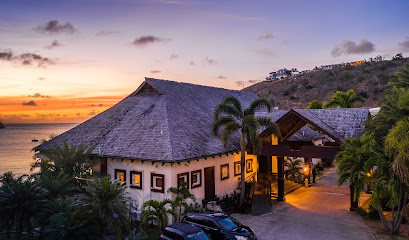
Bankie Banx's Dune Preserve
Discover the vibrant culture and delicious cuisine at Bankie Banx's Dune Preserve, a must-visit live music bar in Anguilla's stunning Rendezvous Bay.

SandBar
Discover the vibrant nightlife at SandBar in Anguilla, where refreshing cocktails and stunning views create unforgettable moments.
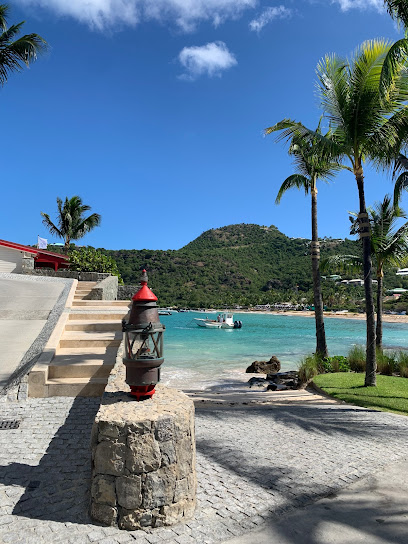
Calypso Charters Anguilla
Explore the stunning waters of Anguilla with Calypso Charters, offering unforgettable boat trips and adventure experiences in the Caribbean.

La Vue Boutique Inn
Discover tranquility at La Vue Boutique Inn, a cozy bed & breakfast in Anguilla offering breathtaking views and easy access to stunning beaches.

Anguilla Arch
Experience the breathtaking views and tranquil beauty of Anguilla Arch, a must-visit scenic point in the Caribbean.
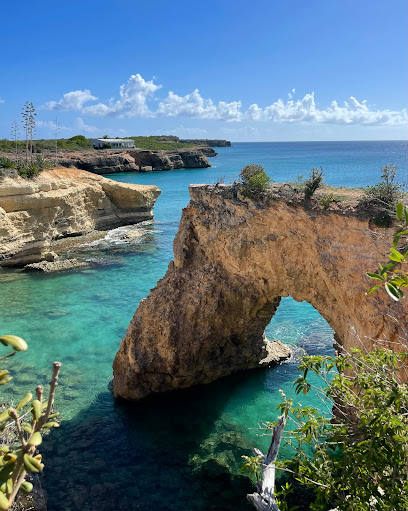
E’s Oven
Discover the best of Caribbean cuisine at E's Oven in Anguilla, where vibrant flavors and warm hospitality await every visitor.
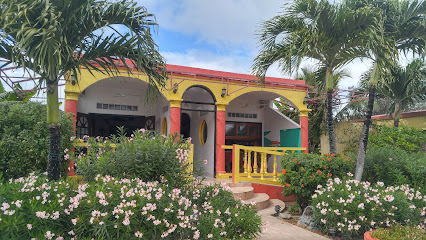
The Ferryboat Inn
Experience the essence of Caribbean hospitality at The Ferryboat Inn, a serene retreat in Anguilla offering comfort, culture, and stunning beaches.

CeBlue Luxury Villas
Discover the luxurious CeBlue Villas in Anguilla, where stunning views, elegant accommodations, and impeccable service create the ultimate Caribbean getaway.

Zack shwarma
Discover the mouthwatering shawarma at Zack's Shawarma, a culinary delight located conveniently in George Hill, Anguilla.
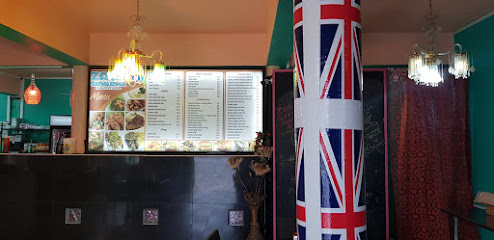
Fruity Web
Discover the freshest produce and vibrant flavors at Fruity Web, Anguilla's ultimate destination for health-conscious delights.

Johnno's
Experience the vibrant flavors and stunning views at Johnno's, a beloved restaurant in Sandy Ground, Anguilla.
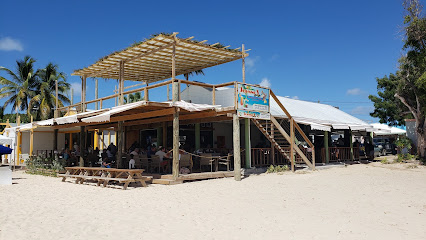
MIRABELLE'S
Discover the vibrant flavors of Anguilla at Mirabelle's, where tapas meets sushi in a lively atmosphere filled with music and crafted cocktails.

English Rose
Experience the authentic flavors of the Caribbean at English Rose, a charming restaurant in Anguilla's Quarter, perfect for food lovers and adventurers alike.
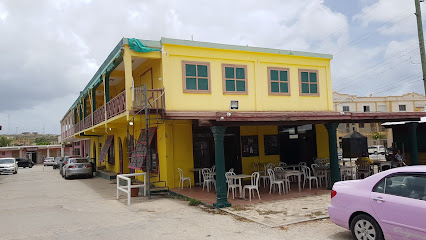
Unmissable attractions to see
Anguilla Arch
Discover the stunning Anguilla Arch, a natural marvel that captivates with breathtaking views and serene landscapes in the heart of the Caribbean.
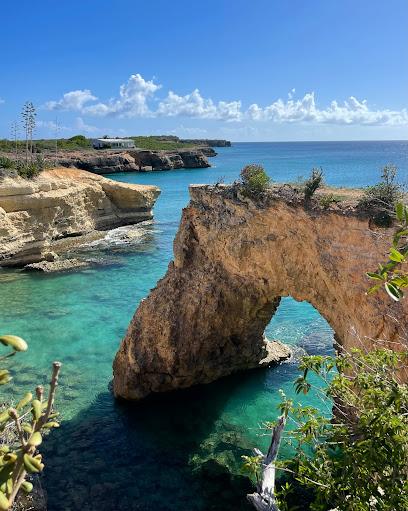
Sandy Island
Discover Sandy Island, Anguilla: A serene tropical paradise with pristine beaches, crystal-clear waters, and a perfect escape into nature's beauty.
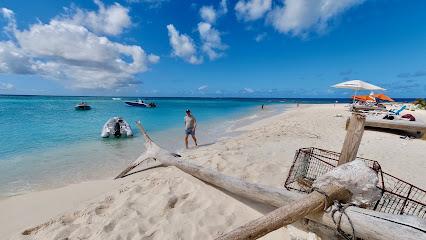
Tradition Sailing Charters Anguilla
Experience the breathtaking beauty of Anguilla's coastline with Tradition Sailing Charters – your gateway to unforgettable sailing adventures.
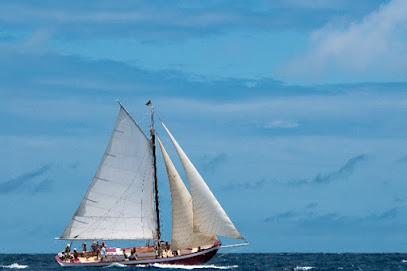
Crocus Bay Beach
Discover the pristine shores of Crocus Bay Beach, a serene paradise in Anguilla perfect for relaxation, adventure, and breathtaking sunsets.
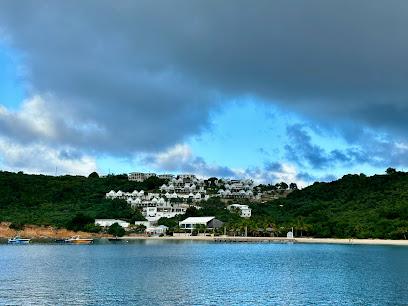
Meads Bay Beach
Discover tranquility at Meads Bay Beach, Anguilla's pristine shoreline with soft sands and crystal-clear waters for a perfect Caribbean getaway.
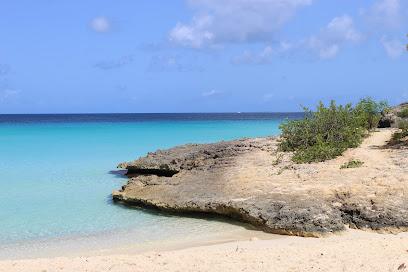
Prickley Pear Cays
Experience the unspoiled beauty of Prickley Pear Cays, Anguilla, where tranquil beaches meet vibrant marine life in a serene island paradise.
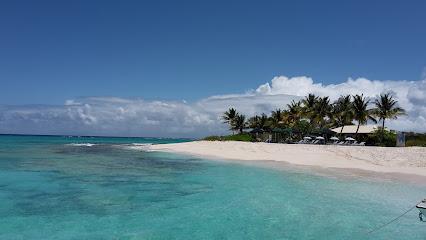
Shoal Bay Village
Experience the enchanting beauty and vibrant culture of Shoal Bay Village, Anguilla's premier destination for sun, sand, and unforgettable moments.

Mimi’s Bay Pond
Experience the serene beauty of Mimi's Bay Pond in Anguilla, a perfect park and garden retreat for nature lovers and tranquility seekers alike.

Essential places to dine
Ken's BBQ
Experience the best of Caribbean barbecue at Ken's BBQ in Anguilla - where flavor meets hospitality!

Da'Vida
Experience exquisite Caribbean cuisine at Da'Vida in Anguilla – where every meal is accompanied by stunning ocean views.
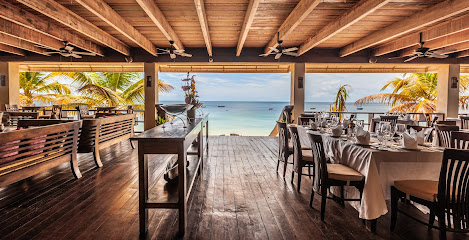
Roy's Bayside Grill
Discover Roy's Bayside Grill in Anguilla - where exquisite flavors meet breathtaking views on your tropical getaway.
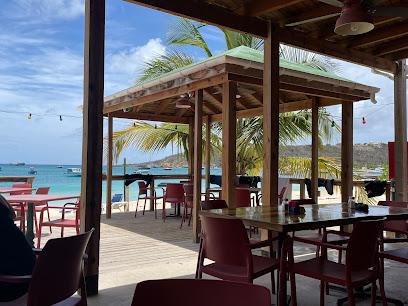
Tasty's
Discover Tasty's in Anguilla – where local flavors meet Caribbean charm in an unforgettable dining experience.

Veya Restaurant
Discover the enchanting Veya Restaurant in Anguilla - where gourmet cuisine meets stunning treehouse ambiance for an unforgettable dining experience.
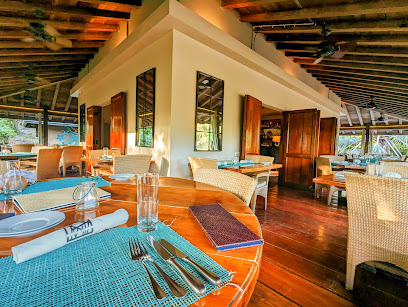
Dolce Vita
Savor authentic Italian flavors while enjoying stunning Caribbean views at Dolce Vita in Anguilla.
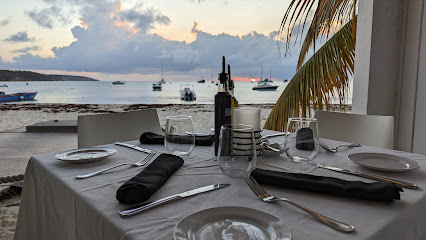
E’s Oven
Discover the vibrant flavors of Anguilla at E's Oven, where culinary excellence meets warm hospitality.
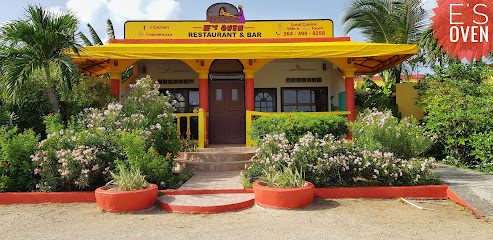
Corner Bar And Pizza
Discover unique flavors at Corner Bar And Pizza in North Hill Village, Anguilla - where every bite tells a story.
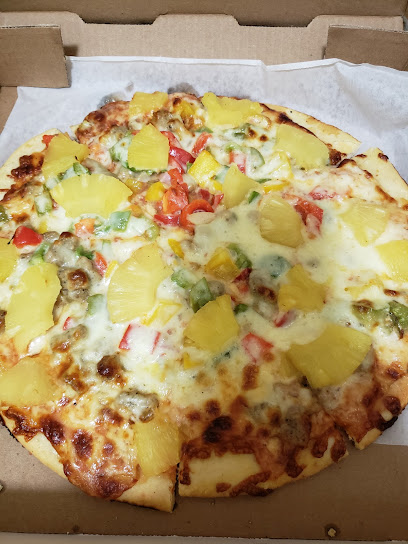
Andy's Restaurant & Bar
Savor the essence of Caribbean cuisine at Andy's Restaurant & Bar in Anguilla – where flavor meets hospitality.

Zack shwarma
Discover delicious shawarma at Zack Shawarma in George Hill, Anguilla—where flavor meets convenience near the airport.

Barrel Stay Beach Front Restaurant
Experience unforgettable dining at Barrel Stay Beach Front Restaurant in Sandy Ground, Anguilla—where exquisite cuisine meets breathtaking ocean views.

Johnno's
Experience authentic Caribbean cuisine at Johnno's in Sandy Ground, where vibrant flavors meet warm island hospitality.

MIRABELLE'S
Discover Mirabelle's in Anguilla - where vibrant tapas meet live music for an unforgettable culinary experience.

English Rose
Discover authentic Caribbean cuisine at English Rose in Anguilla—where every meal is a celebration of local flavors.

Good Korma The Islands Curry House
Discover authentic Indian cuisine at Good Korma The Islands Curry House in Anguilla, where every dish promises an unforgettable flavor experience.
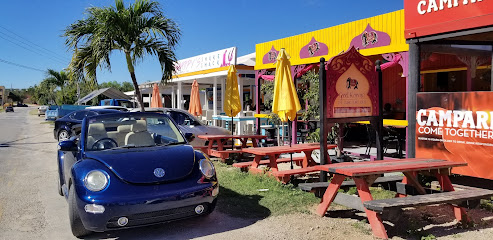
Markets, malls and hidden boutiques
JW Proctors Grocery Store
Explore JW Proctors Grocery Store for fresh local produce and unique Anguillian delicacies in a welcoming environment.

BIG STORE
Discover the vibrant BIG STORE in Anguilla for a unique shopping experience blending local culture with modern convenience.
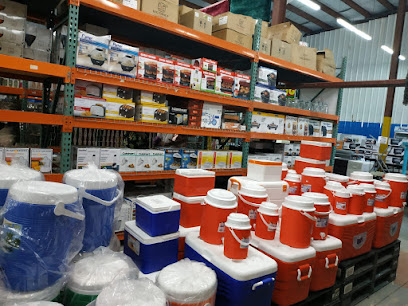
ABC Supplies
Discover quality tools and supplies at ABC Supplies, the leading hardware shop in Anguilla, perfect for all your DIY and home improvement needs.

Syd & Pete's Supermarket
Discover the best local groceries and fresh produce at Syd & Pete's Supermarket, Anguilla's favorite grocery destination for tourists and locals alike.
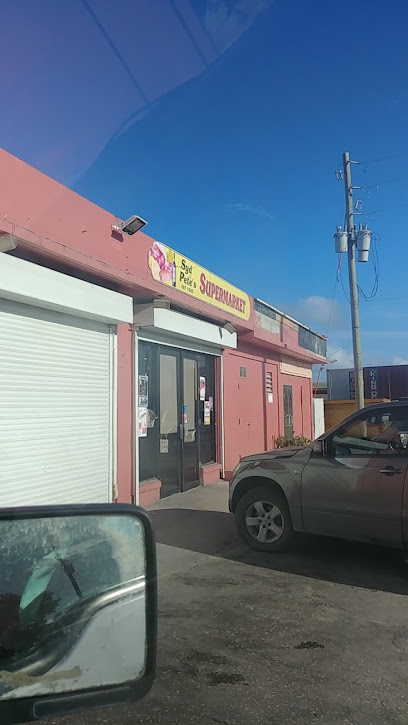
Irie Life
Discover unique gifts and local crafts at Irie Life, a charming gift shop in South Hill Village, Anguilla.
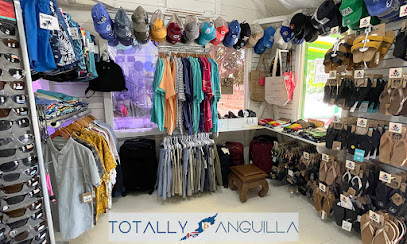
The Gadget City
Explore the latest in tech at The Gadget City, Anguilla's premier electronics retail and repair shop for all your gadget needs.

Hall’s Unique Bakery
Experience the authentic flavors of Anguilla at Hall’s Unique Bakery, where freshly baked goods and local specialties await.

Unique Trading
Explore Unique Trading in Anguilla for a delightful shopping experience filled with local flavors and international products.
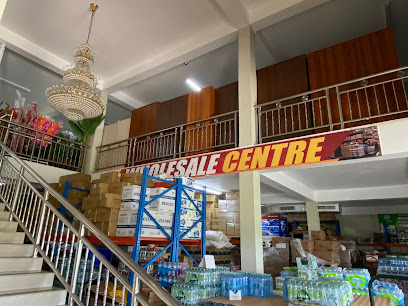
GAB's Party Essentials
Explore GAB's Party Essentials in Anguilla for unique gifts, party supplies, and local treasures to make your visit unforgettable.
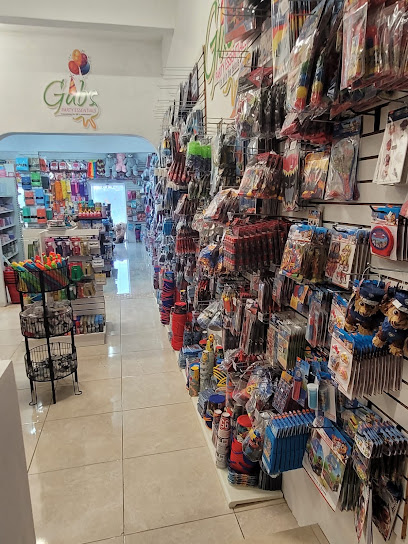
Essentials Stationery Store
Explore Essentials Stationery Store in Anguilla for quality office supplies and charming local crafts in a welcoming atmosphere.

Sea Spray Gift Shop
Explore the charm of Anguilla at Sea Spray Gift Shop, where unique handcrafted souvenirs and local treasures await every visitor.
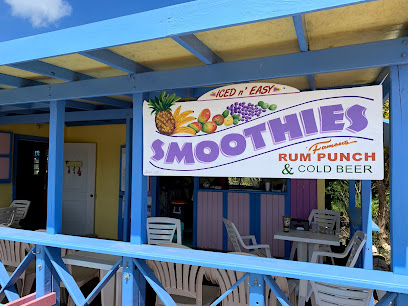
Tackle Box Sports Centre
Explore Anguilla's outdoor adventures with top-quality gear from Tackle Box Sports Centre, your trusted sporting goods destination.
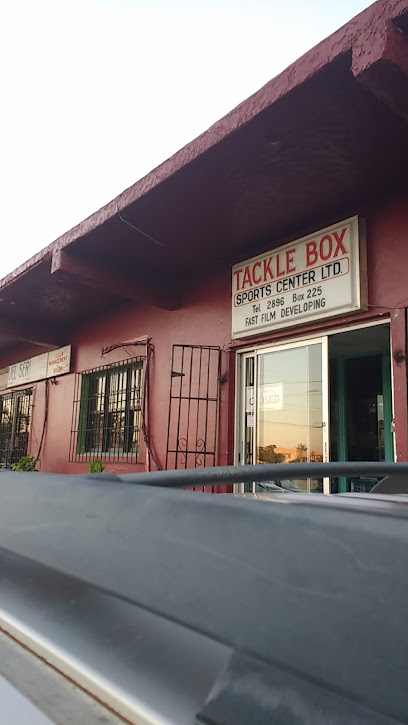
The Gift Box
Explore The Gift Box in Anguilla for unique souvenirs and gifts that capture the island's vibrant culture and charm.
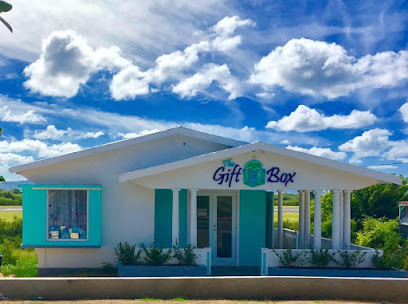
Anguilla Sands and Salts
Explore Anguilla Sands and Salts for unique souvenirs reflecting the island's beauty and culture, perfect for any traveler.
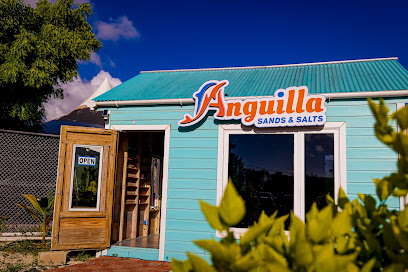
Mini Grocery
Discover local flavors and essentials at Mini Grocery, your go-to supermarket in George Hill, Anguilla for a taste of island life.

Essential bars & hidden hideouts
Elvis Beach Bar
Discover the lively ambiance and delicious flavors at Elvis Beach Bar, the perfect beachside escape in Anguilla.
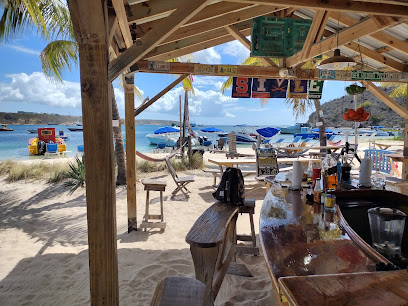
Roy's Bayside Grill
Experience the essence of Caribbean dining at Roy's Bayside Grill, where local flavors meet stunning ocean views in Anguilla.
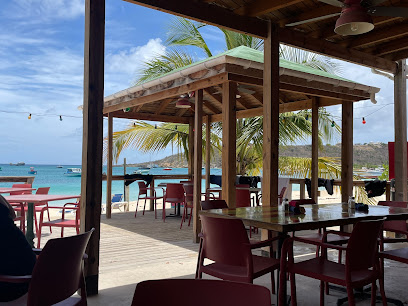
SandBar
Experience the vibrant charm of SandBar in Anguilla, where stunning views meet exquisite cocktails and lively entertainment.
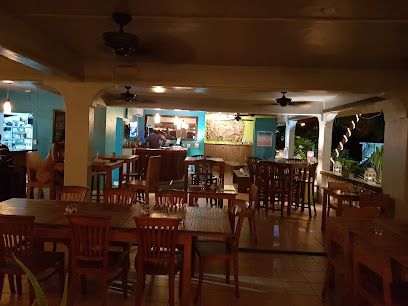
Lit lounge
Experience the vibrant nightlife at Lit Lounge in Sandy Ground, Anguilla - where cocktails, music, and good vibes come together.
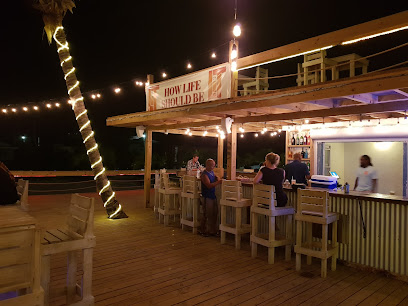
MIRABELLE'S
Discover Mirabelle's, a lively tapas bar in Anguilla offering a unique blend of flavors, live music, and a stylish nightlife experience.
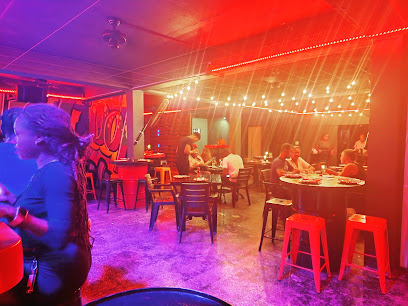
Changes Bar
Discover Changes Bar in Anguilla: a lively bar offering delicious cocktails and local cuisine amidst the vibrant Caribbean atmosphere.
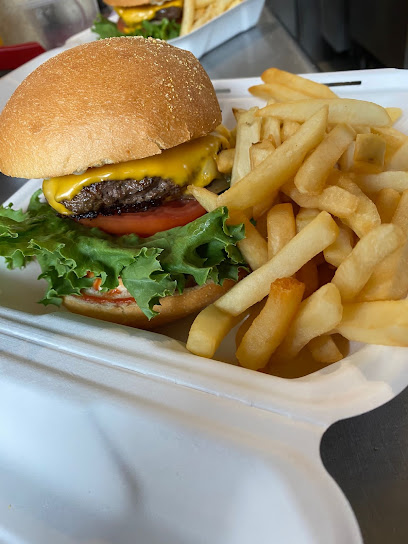
Unique Bar & Grill
Experience the vibrant flavors of the Caribbean at Unique Bar & Grill, a must-visit culinary destination in Anguilla, offering delicious grilled delights.
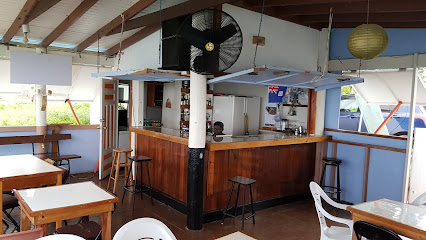
Anguilla Hillside Bar & Grill
Experience the vibrant culture and flavors of the Caribbean at Anguilla Hillside Bar & Grill, your go-to spot for relaxation and delicious cuisine.

Jelly BBQ - Local Food,BBQ and Natural Drinks
Experience the authentic tastes of Anguilla at Jelly BBQ, renowned for its smoky barbecue and refreshing natural drinks in a relaxed setting.

Amiola's
Experience the vibrant atmosphere and refreshing cocktails at Amiola's, Anguilla's premier bar for a laid-back tropical escape.
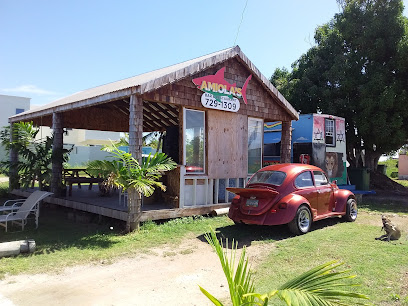
IRAIDA SUPER FRIA
Experience the vibrant nightlife and authentic Caribbean flavors at IRAIDA SUPER FRIA, a must-visit bar in George Hill, Anguilla.

Dip N Strip
Experience the vibrant nightlife of Anguilla at Dip N Strip, where tropical cocktails and a lively atmosphere await every visitor.

Bushbar Anguilla
Discover the vibrant atmosphere and tropical delights at Bushbar Anguilla, your perfect evening escape on the island.
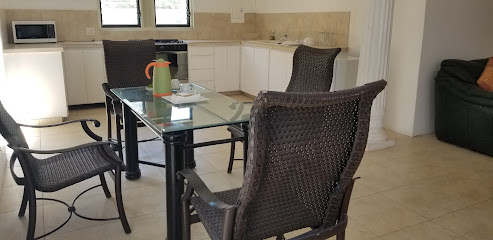
The Lounge @Kels
Experience the vibrant flavors of the Caribbean at The Lounge @Kels, Anguilla's premier dining destination offering a delightful culinary journey.
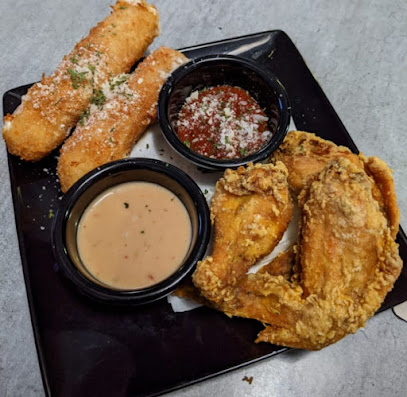
bsb music bar
BSB Music Bar in Anguilla: Where local music meets vibrant nightlife for an unforgettable experience.

Local Phrases
-
- HelloGood day
[gud dey] - GoodbyeTake care
[teyk ker] - YesYeah
[yah] - NoNah
[nah] - Please/You're welcomePlease/No problem
[pliiz/no problim] - Thank youThank you
[tenk yu] - Excuse me/SorryExcuse me/Sorry
[eks-kyoos mi/sori] - How are you?How you doin'?
[haw yu doin] - Fine. And you?Irie. An' you?
[eye-ree. an yu] - Do you speak English?Yu speak English?
[yu spiik Ing-glish] - I don't understandMe no get it
[mi no get it]
- HelloGood day
-
- I'd like to see the menu, pleaseLemme see de menu, please
[lem-mi see dee men-yu, pliiz] - I don't eat meatMe no eat meat
[mi no eet meet] - Cheers!Cheers!
[cheerz] - I would like to pay, pleaseI want to pay, please
[ai wawnt tu pay, pliiz]
- I'd like to see the menu, pleaseLemme see de menu, please
-
- Help!Help!
[help] - Go away!Go 'way!
[go way] - Call the Police!Call de Police!
[kaal dee po-leece] - Call a doctor!Call a docta!
[kaal a dok-ta] - I'm lostMe lost
[mi lost] - I'm illMe sick
[mi sik]
- Help!Help!
-
- I'd like to buy...Me wan' buy...
[mi wahn buy] - I'm just lookingMe jus' lookin'
[mi jus lukin] - How much is it?How much dis cost?
[haw much dis kawst] - That's too expensiveDat too much
[dat too moch] - Can you lower the price?Yu can drop di price?
[yu kan drop dee krys]
- I'd like to buy...Me wan' buy...
-
- What time is it?What time it be?
[wat taim it bi] - It's one o'clockIt one o'clock
[it wun o'clock] - Half past (10)Half to (10)
[haf tu ten] - MorningMawnin
[morn-in] - AfternoonAf'noon
[af-noon] - EveningEve'nin
[eev-nin] - YesterdayYestaday
[yes-ta-day] - TodayToday
[to-day] - TomorrowTomorruh
[to-mo-rah] - 1One
[wun] - 2Two
[tu] - 3Tree
[tree] - 4Four
[foh] - 5Five
[fayv] - 6Six
[siks] - 7Seven
[sev-un] - 8Eight
[eyt] - 9Nine
[nain] - 10Ten
[ten]
- What time is it?What time it be?
-
- Where's a/the...?Weh de...deh?
[weh dee...deh] - What's the address?What's de address?
[wats dee address] - Can you show me (on the map)?Yu can show me (pan di map)?
[yu kan show mi (pan dee map)] - When's the next (bus)?When de nex' (bus)?
[wen dee neks (bus)] - A ticket (to ....)A tikkit (tu ....)
[a tik-it (tu)]
- Where's a/the...?Weh de...deh?
History of George Hill
-
George Hill, a quaint village in Anguilla, has roots that trace back to the early colonial period. Settlers from Europe, primarily from England, began to inhabit this area in the late 1600s, attracted by the fertile land and strategic location. It became a crucial point for agriculture, particularly for the cultivation of tobacco, cotton, and later, sugarcane.
-
During the 18th century, George Hill flourished as a plantation hub. Several large estates were established, with enslaved Africans brought to work the fields. The remnants of these plantations can still be found scattered across the landscape, offering a poignant reminder of the area's past. The Stoney Ground Plantation is one notable example, where ruins of the great house and the old sugar mill still stand.
-
The abolition of slavery in 1834 marked a significant turning point for George Hill and Anguilla as a whole. The village witnessed a gradual transformation as freed slaves began to establish their own communities and small farms. This period saw the rise of local craftsmanship and a shift towards a more diversified economy.
-
The Anglican Church played a pivotal role in the development of George Hill. The St. Mary's Anglican Church, built in the mid-19th century, remains a cornerstone of the community. Its architecture and adjacent cemetery are reflective of the colonial era, and the church continues to be a place of worship and cultural significance.
-
The 20th century brought significant changes to George Hill, with modernization efforts transforming it into a more connected and developed area. The construction of the Wallblake Airport in the late 1940s is a notable event, as it provided a gateway for tourism and economic growth. The village adapted to the influx of visitors, gradually becoming a blend of historical charm and contemporary amenities.
-
George Hill is known for its vibrant cultural festivals and traditions. One of the most anticipated events is the Anguilla Summer Festival, where the village comes alive with music, dance, and colorful parades. Traditional practices, such as boat racing and culinary festivals, continue to be an integral part of the community's identity, celebrating the rich heritage and communal spirit of George Hill.
George Hill Essentials
-
George Hill is located in the central region of Anguilla, a British Overseas Territory in the Caribbean. The nearest airport is the Clayton J. Lloyd International Airport (AXA), which is just a short drive away. There are no direct international flights to Anguilla, so travelers typically fly into Princess Juliana International Airport (SXM) in Sint Maarten and then take a short 20-minute flight or a ferry to Anguilla. Ferries from Sint Maarten to Anguilla operate regularly and take about 45 minutes.
-
Public transportation in George Hill is limited, so renting a car is highly recommended for convenience and flexibility. Taxis are available and can be arranged through your hotel or at designated taxi stands. Anguilla has no public bus system, but there are private minibuses for hire. Bicycles and scooters are also popular for short distances and can be rented from local shops.
-
The official currency in Anguilla is the Eastern Caribbean Dollar (XCD), but US Dollars (USD) are widely accepted. Major credit cards are accepted in most hotels, restaurants, and shops. It's advisable to carry some cash for small purchases and in case you visit areas where cards might not be accepted. ATMs are available in George Hill and nearby areas.
-
George Hill is generally a safe destination for tourists. However, it's advisable to take standard precautions such as not leaving valuables unattended and avoiding poorly lit areas at night. Petty theft can occur, so be mindful of your belongings. There are no specific high-crime areas targeting tourists in George Hill, but staying vigilant is always good practice.
-
In case of emergency, dial 911 for immediate assistance. The local police station is located nearby in The Valley, and there are medical facilities available at the Princess Alexandra Hospital. It is recommended to have travel insurance that covers medical emergencies. For minor health issues, there are pharmacies in George Hill where you can purchase over-the-counter medications.
-
Fashion: Do dress casually but modestly. Beachwear is acceptable at the beach but not in town areas. Religion: Do respect local religious practices. Many residents are Christian, and it's polite to dress modestly when visiting churches. Public Transport: Do be respectful to drivers and other passengers. Taxis are the main form of public transport. Greetings: Do greet people with a friendly 'hello' or 'good morning.' Anguillians are known for their hospitality. Eating & Drinking: Do try local dishes and seafood. It's polite to accept food offerings graciously. Don't eat or drink in public places during religious fasting periods.
-
To experience George Hill like a local, visit the local markets where you can buy fresh produce and handmade crafts. Engage with locals, who are often friendly and willing to share insights about the area's history and culture. Don't miss the opportunity to explore the island's hidden beaches and enjoy local music and festivals.
Nearby Cities to George Hill
-
Things To Do in North Hill Village
-
Things To Do in Sandy Ground Village
-
Things To Do in South Hill
-
Things To Do in Blowing Point Village
-
Things To Do in Long Bay Village
-
Things To Do in Shoal Bay Village
-
Things To Do in East End Village
-
Things To Do in Island Harbour
-
Things To Do in West End Village
-
Things To Do in Sint Peters
-
Things To Do in Cole Bay
-
Things To Do in Lowlands
-
Things To Do in Maho
-
Things To Do in Dieppe Bay Town
-
Things To Do in Sandy Point Town



